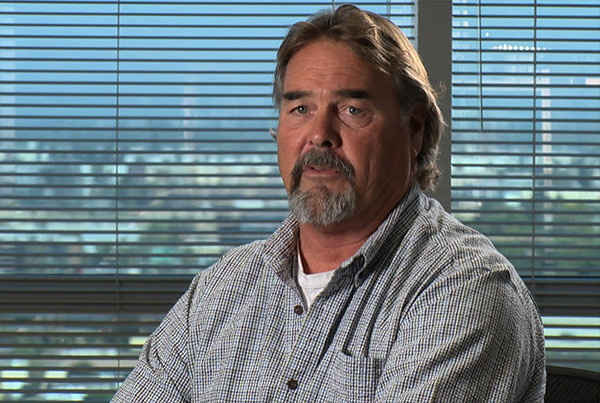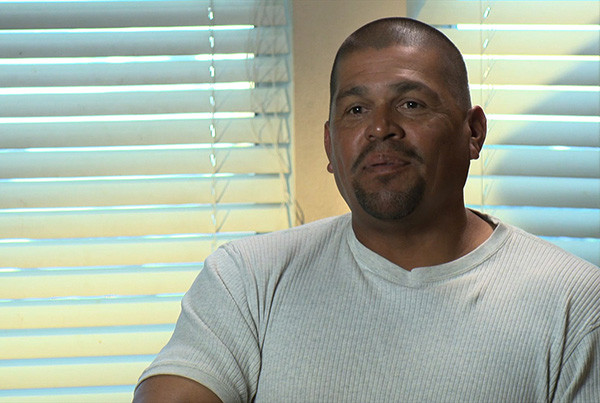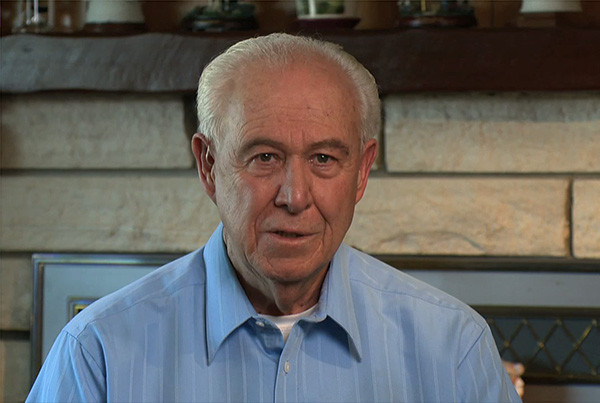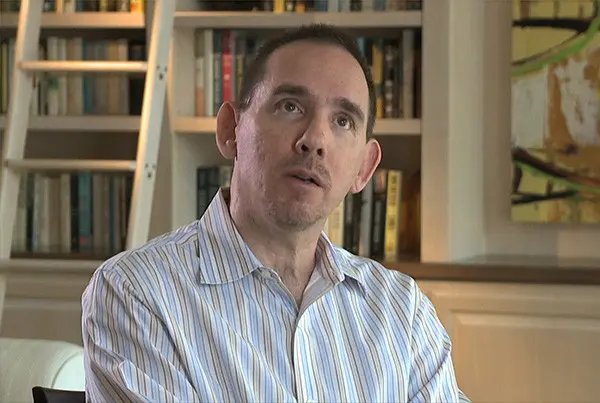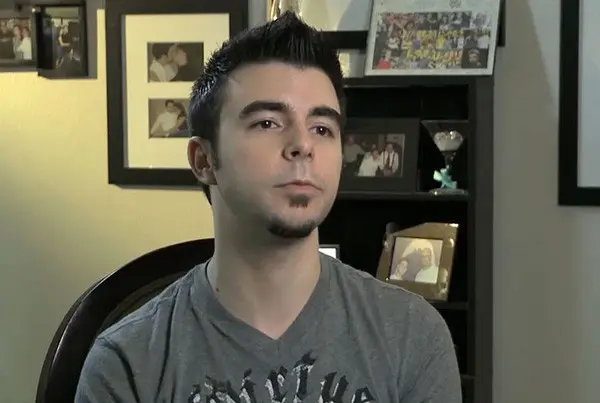Penis Anatomy & Function
Home > Peyronie’s Disease > Penis Anatomy & Function
If you suffer from Peyronie’s disease, it is helpful to become familiar with penis anatomy and specifically the anatomy of the penile shaft in order to have a complete understanding of the disease. To understand why Peyronie’s disease causes a penis to become curved, it is helpful to first understand the normal anatomy and function of the penis, especially focusing on the anatomy of an erection.
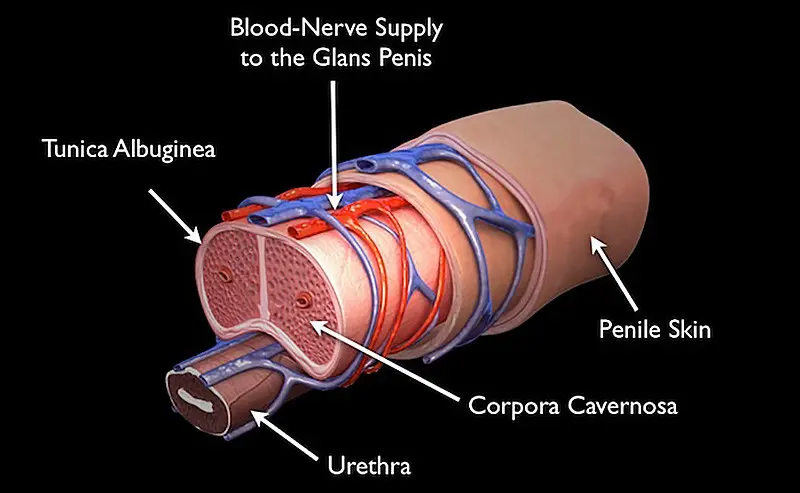
Anatomy of an Erection
As shown in the picture demonstrating the penile cross sectional anatomy, the main structures in the penis that are important when considering the anatomy of an erection are the paired corpora cavernosa. These structures contribute to an erection and course along the penis deep to the skin and are the majority of what makes up the penis. The corpora cavernosa are composed of spongy vascular tissue and a casing or covering that is given a fancy name – the tunica albuginea. During an erection, blood fills the corpora cavernosa. Normal tunica albuginea is elastic and can stretch, so this influx of blood into the spongy tissue causes these structures to enlarge and become rigid. In some ways, the anatomy of the penile shaft is similar to a water balloon. When a water balloon is almost empty, it will be very flexible and malleable. Conversely, when the balloon is filled with water, the rubber expands and becomes longer, wider, and much more rigid. In the penis, it is the elastic tunica albuginea filling with blood that causes the penis to become stiff and elongated. There are also many tiny veins within the penis that pinch off during an erection, preventing blood from escaping the penis.
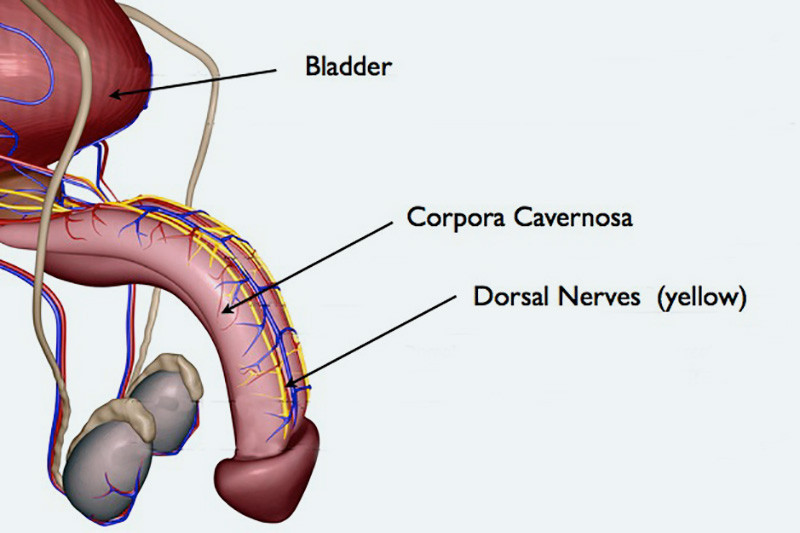
Penis Anatomy
The anatomy of penile arteries is important. In addition to blood that flows within the spongy tissue deep inside the penis, there are also arteries (dorsal arteries) and veins and nerves that travel mostly just on top of the tunica albuginea that provide blood supply and sensation to the head of the penis. A very important consideration when doing Peyronie’s Disease surgery is to be able to expose the damaged tunica albuginea by moving these blood vessels and nerves out of the way to prevent injury to these sensitive and important structures.

